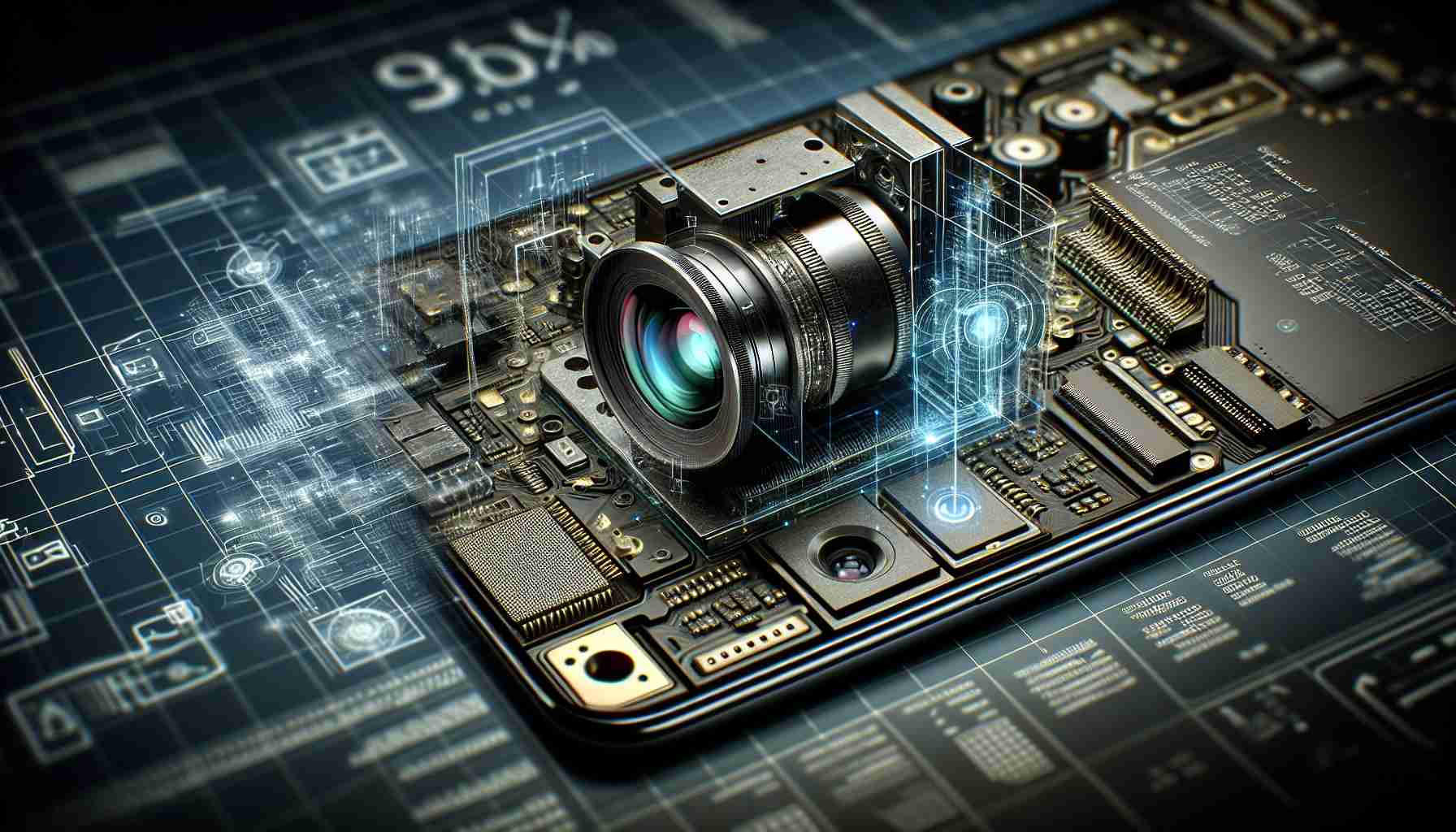Dedicated Cameras Maintain Their Edge in the Digital Era
The ongoing evolution of digital imaging has sparked much debate about the place of smartphone cameras versus their traditional counterparts. Mukesh Srivastava from Sony India’s Digital Imaging Business provides insight into how these two segments differentiate and why, in spite of the leaps made in smartphone camera technology, traditional cameras retain a competitive edge.
Understanding the Limits of Smartphone Cameras
Srivastava points out that while smartphones are incorporating more advanced technology, they still fall short of the mark when compared to the superior quality produced by traditional cameras. He articulates that regardless of the advancements in smartphone camera technology, there is an undeniable disparity when it comes to the performance of dedicated cameras.
He emphasizes the adaptability of traditional cameras, especially regarding their interchangeable lenses, which offer unparalleled precision to meet a wide array of photographic needs.
Insights into Sony’s Specialized Camera Offerings
Expounding on Sony’s spectrum of cameras, Srivastava showcases models like the Alpha 7SM3, crafted for video recording, and the high-end Alpha 9III and Alpha 7RV, which are designed to meet the rigorous demands of professional photography. He also introduces Sony’s Creator’s Cloud service, aiming to refine the process of sharing and managing digital imagery, thereby enhancing workflow efficiency for users.
Introducing the Advanced Alpha 9III
The conversation turns to Sony’s groundbreaking Alpha 9III camera, known for its unprecedented global shutter full-frame image sensor, which revolutionizes the industry with blackout-free high-speed shooting and undistorted RAW photos. It exemplifies Sony’s dedication to innovating imaging technology, delivering speed, precision, and flexibility for professional use.
The Continued Importance of Point-and-Shoot Cameras
Despite the partnership between smartphones and esteemed camera brands, Srivastava maintains that point-and-shoot cameras have sustained a noteworthy segment of the market. Their effortless professional quality, swift autofocus—remarkably in Sony models—and various professional-grade features make them a preferred choice for creators. They excel beyond smartphone limitations with longer battery life, advanced Bokeh controls, and essential built-in filters.
Concluding, Srivastava projects a positive future for dedicated cameras, propelled by persistent technological advancements and an unequivocal demand for high-powered, versatile imaging tools.
Smartphone Cameras Versus Traditional Cameras: Key Questions and Answers
One of the most important questions in the discussion about camera technology in the smartphone age is: “Can smartphone cameras replace traditional cameras entirely?” According to Srivastava and the general consensus within the industry, the answer is no. Despite significant improvements in smartphone camera technology, traditional cameras still offer superior quality and performance, particularly in contexts where advanced features such as interchangeable lenses, higher dynamic range, and superior low-light capabilities are essential.
Key Challenges and Controversies in Camera Technology
The rapid advancement of smartphone cameras has led to a reduction in the market for point-and-shoot cameras, as smartphones cover most of the functionality the average consumer requires. However, a controversy arises with professional and enthusiast photographers who argue that the tactile controls, raw performance, and sensor sizes available in dedicated cameras are far superior and cannot yet be replicated by smartphone cameras. One of the key challenges is balancing portability and user-friendliness of smartphones with the image quality and versatility of traditional cameras.
Advantages and Disadvantages
Advantages of Smartphone Cameras:
– Portability: Smartphones are always with you, making them highly convenient for spontaneous photography.
– Connectivity: Instant sharing capabilities with connectivity to the internet.
– Software Features: Advanced computational photography techniques like HDR, night mode, and portrait blur.
– Innovative Technologies: Multi-lens setups, periscope zoom lenses, and more.
Disadvantages of Smartphone Cameras:
– Limited Sensor Size: Lower light sensitivity and dynamic range compared to dedicated cameras.
– Physical Constraints: Lack of optical zoom and limited compatibility with external accessories.
– Optical Performance: While improving, cannot match the optical versatility and quality of larger lenses and sensors on dedicated cameras.
Advantages of Traditional Cameras:
– Better Image Quality: Larger sensors and high-performance lenses yield superior image quality, especially in challenging conditions.
– Physical Controls: Dedicated buttons and dials for faster adjustments and more precise control.
– Lens Variety: Interchangeable lenses for different photography styles and needs.
– Performance: Faster autofocus systems and higher speed in continuous shooting modes.
Disadvantages of Traditional Cameras:
– Size and Weight: Often larger and heavier, less convenient to carry around.
– Cost: High-quality cameras and lenses can be significantly more expensive than smartphones.
– Connectivity: Typically slower to transfer images to other devices and the internet without additional accessories.
Suggested related link for those interested in photography and camera technology:
Sony Official Website
This link is provided as Sony is a significant player in the photography industry, with a range of camera products that are relevant to the topic of rethinking camera technology in the smartphone age. If you’re looking for more information on the latest in camera technology and offerings from Sony, please visit their official website.
The source of the article is from the blog anexartiti.gr
